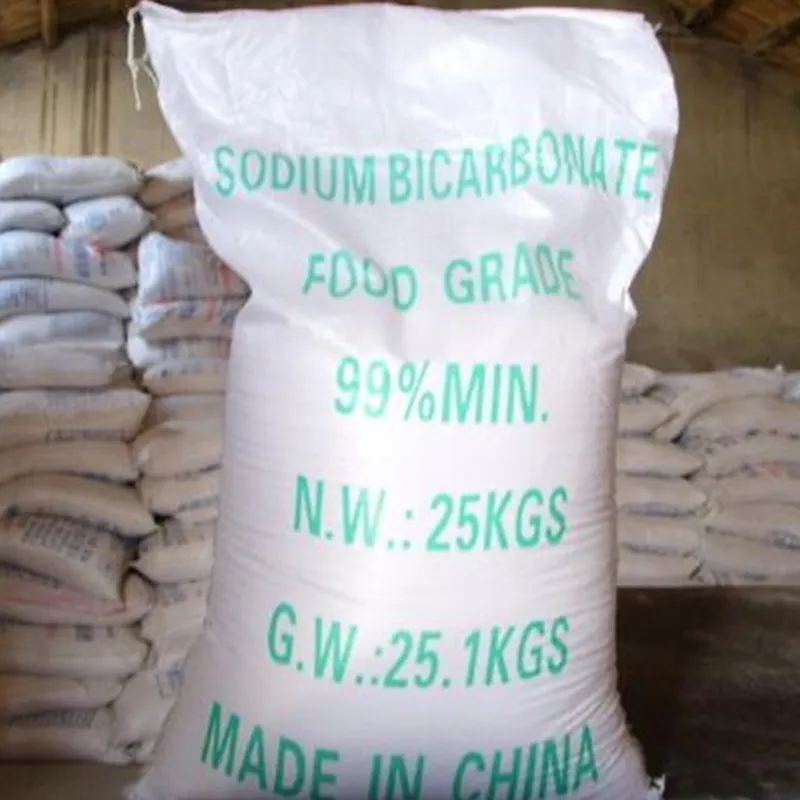
e127 food additive
Understanding E127 The Food Additive
Food additives play a crucial role in modern food production, enhancing flavor, appearance, and shelf life. Among these additives is E127, also known as erythrosine. E127 is a synthetic dye, primarily recognized for imparting a reddish-pink hue to various food products. While this additive has certain benefits, it also raises questions about health implications and regulatory guidelines.
What Is E127?
E127, or erythrosine, is an artificial coloring agent derived from the coal tar, though it can also be made from natural sources. It is widely used in confections, desserts, yogurt, and beverages. This food coloring stands out for its vibrant color, making it a popular choice in the food industry. Erythrosine can be found under various names, but it is most commonly identified by its E number — E127.
The use of E127 is heavily regulated across the globe. In the European Union, E127 is approved for use in certain foods, but its usage is restricted. The permissible amounts and specific food types allowed vary significantly between countries, reflecting differing perspectives on food safety and consumer health.
Benefits of E127
E127 offers multiple advantages to food manufacturers. Firstly, the color produced by E127 is visually appealing, attracting consumers, particularly children. Bright colors are often associated with flavor and fun, making products more enticing. This visual stimulation can significantly increase sales, especially in competitive markets such as confectionery and desserts.
e127 food additive

Moreover, E127 can help to standardize the color of products, ensuring a consistent appearance in batches. This uniformity is vital for brand identity, as consumers often associate specific colors with certain brands. By using E127, manufacturers can maintain control over the visual aspects of their products, ultimately enhancing marketability.
Health Concerns and Controversies
Despite its visual appeal, E127 has faced scrutiny regarding its safety. Some studies suggest that erythrosine can have adverse effects, particularly in children. Research has linked it to hyperactivity when consumed in significant amounts, leading to concerns among parents and health advocates. Consequently, various countries have formulated guidelines to limit the amount of E127 allowed in foods and beverages.
In the United States, the Food and Drug Administration (FDA) regulates the use of E127, and while it is approved, certain conditions apply regarding its application. The EU, on the other hand, has proposed stricter regulations, including mandatory labeling for foods containing certain artificial colors, including E127. This transparency allows consumers to make informed choices about the products they consume.
Conclusion
As consumers become increasingly aware of the ingredients in their food, the debate around E127 and other artificial additives will likely continue. While E127 serves a crucial role in enhancing the visual appeal of food products, its potential health risks cannot be overlooked. Understanding food additives like E127 enables consumers to make informed choices, balancing the desire for appealing foods with health considerations.
In conclusion, E127 is a vivid food additive with both benefits and concerns. While its colorful allure can make food products more appealing and boost sales, the potential health implications necessitate careful consideration and regulation. Manufacturers, regulators, and consumers must work together to ensure that the food supply remains safe and enjoyable. As our knowledge about food chemistry continues to evolve, so too will the practices surrounding the use of additives like E127 in our foods.
-
Pure Sodium Dichloroisocyanurate Dihydrate | Powerful DisinfectantNewsAug.29,2025
-
Industrial Chemicals: Quality & Purity for Every IndustryNewsAug.28,2025
-
Nitrile Rubber Honoring Strict Production StandardsNewsAug.22,2025
-
Aspartame Ingredients Honoring Food Safety ValuesNewsAug.22,2025
-
Fertilizer for Balanced Plant NutritionNewsAug.22,2025
-
Cyanide Gold Processing with High Purity AdditivesNewsAug.22,2025
-
Formic Acid in Textile Dyeing ApplicationsNewsAug.22,2025
Hebei Tenger Chemical Technology Co., Ltd. focuses on the chemical industry and is committed to the export service of chemical raw materials.
-

view more DiethanolisopropanolamineIn the ever-growing field of chemical solutions, diethanolisopropanolamine (DEIPA) stands out as a versatile and important compound. Due to its unique chemical structure and properties, DEIPA is of interest to various industries including construction, personal care, and agriculture. -

view more TriisopropanolamineTriisopropanolamine (TIPA) alkanol amine substance, is a kind of alcohol amine compound with amino and alcohol hydroxyl, and because of its molecules contains both amino and hydroxyl. -

view more Tetramethyl Thiuram DisulfideTetramethyl thiuram disulfide, also known as TMTD, is a white to light-yellow powder with a distinct sulfur-like odor. It is soluble in organic solvents such as benzene, acetone, and ethyl acetate, making it highly versatile for use in different formulations. TMTD is known for its excellent vulcanization acceleration properties, which makes it a key ingredient in the production of rubber products. Additionally, it acts as an effective fungicide and bactericide, making it valuable in agricultural applications. Its high purity and stability ensure consistent performance, making it a preferred choice for manufacturers across various industries.





